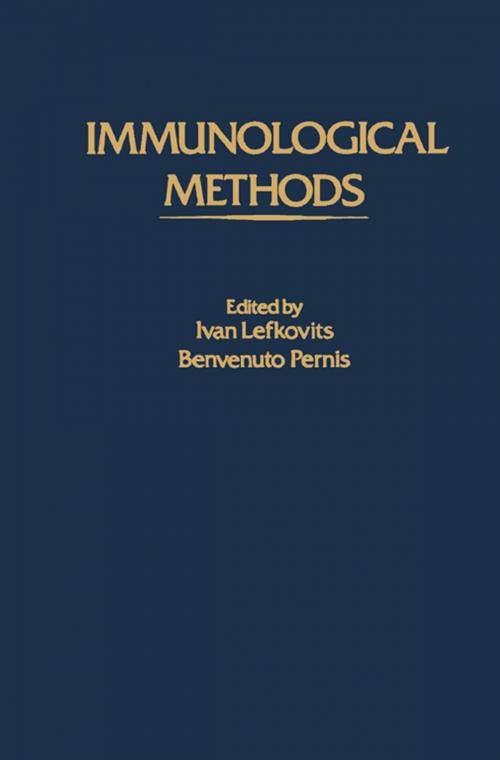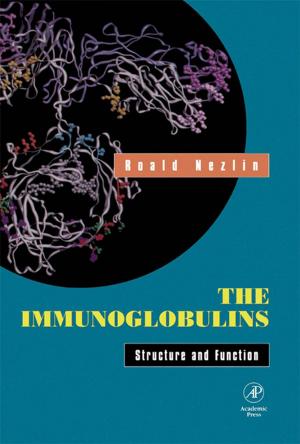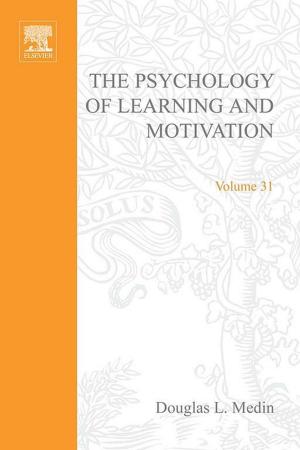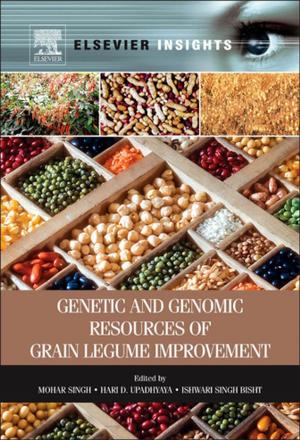Immunological Methods
Nonfiction, Science & Nature, Nature, Animals, Mammals, Science, Biological Sciences, Zoology| Author: | ISBN: | 9781483269993 | |
| Publisher: | Elsevier Science | Publication: | June 28, 2014 |
| Imprint: | Academic Press | Language: | English |
| Author: | |
| ISBN: | 9781483269993 |
| Publisher: | Elsevier Science |
| Publication: | June 28, 2014 |
| Imprint: | Academic Press |
| Language: | English |
Immunological Methods a compendium of basic research techniques being used in one of the largest immunology research institutes, the Basel Institute for Immunology, with particular emphasis given to new methodology. The procedures have been described by individuals judged to be highly expert in their specialties. In many instances the methods developed or adapted to unique uses by the contributors have not previously been described in detail.
The book contains 34 chapters covering techniques for detection, isolation, and purification of antibodies (including dansylation, two-dimensional chromatography, isoelectric focusing, polyacrylamide gel electrophoresis, and isotachophoresis); measurement of equilibrium constants (equilibrium dialysis, filtration, and sedimentation); and isotope and fluorescent labeling and detection of cell-surface components. Techniques such as isotope laboratory maintenance; chemical modification of proteins, haptens, and solid supports, and haptenation of viable biological carriers; production of antisera against allotypes and histocompatibility antigens and production of antibody with clonai dominance; histocompatibility and MLR testing; and cell separation by haptenated gels and by velocity sedimentation of rosette-forming cells are also discussed. Other chapters cover detection of antibody-secreting and alloantigen-binding cells; immune responses in vitro and their analysis by limiting dilution; production of T-cell factors; hybridoma production by cell fusion; maintenance of cell lines and cloning in semisolid media; and the mathematical analysis of immunological data.
Immunological Methods a compendium of basic research techniques being used in one of the largest immunology research institutes, the Basel Institute for Immunology, with particular emphasis given to new methodology. The procedures have been described by individuals judged to be highly expert in their specialties. In many instances the methods developed or adapted to unique uses by the contributors have not previously been described in detail.
The book contains 34 chapters covering techniques for detection, isolation, and purification of antibodies (including dansylation, two-dimensional chromatography, isoelectric focusing, polyacrylamide gel electrophoresis, and isotachophoresis); measurement of equilibrium constants (equilibrium dialysis, filtration, and sedimentation); and isotope and fluorescent labeling and detection of cell-surface components. Techniques such as isotope laboratory maintenance; chemical modification of proteins, haptens, and solid supports, and haptenation of viable biological carriers; production of antisera against allotypes and histocompatibility antigens and production of antibody with clonai dominance; histocompatibility and MLR testing; and cell separation by haptenated gels and by velocity sedimentation of rosette-forming cells are also discussed. Other chapters cover detection of antibody-secreting and alloantigen-binding cells; immune responses in vitro and their analysis by limiting dilution; production of T-cell factors; hybridoma production by cell fusion; maintenance of cell lines and cloning in semisolid media; and the mathematical analysis of immunological data.















